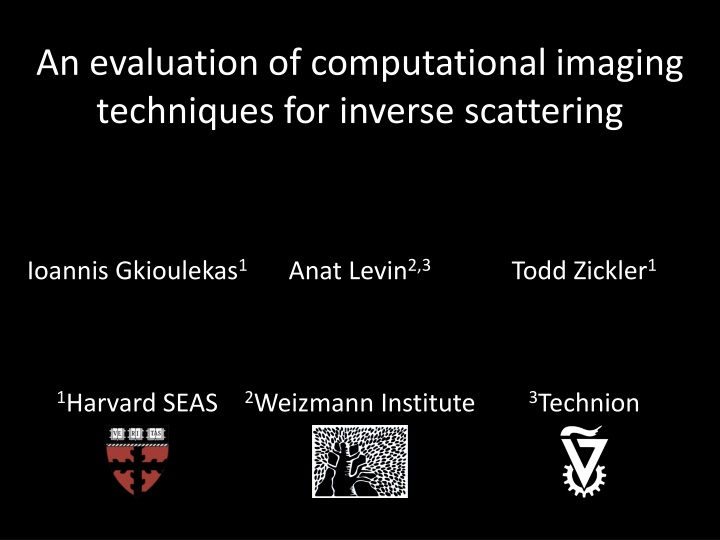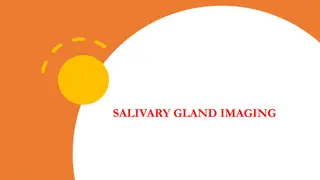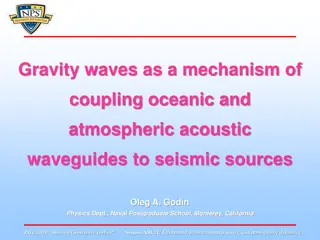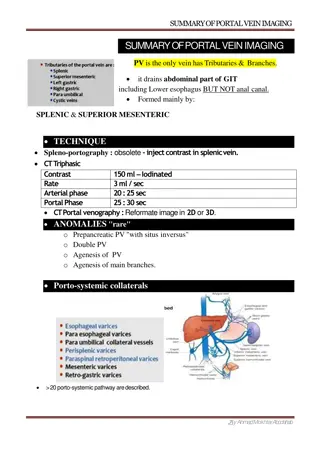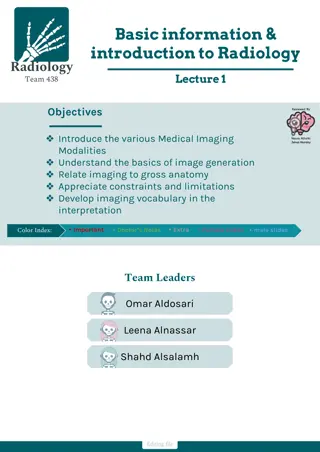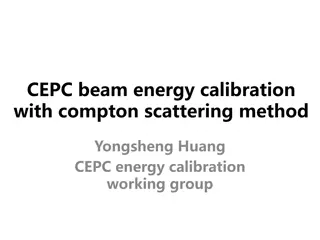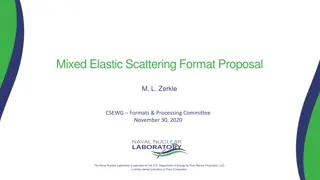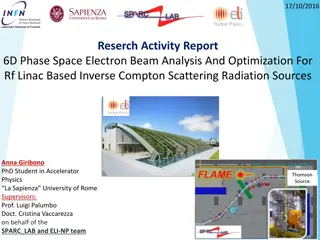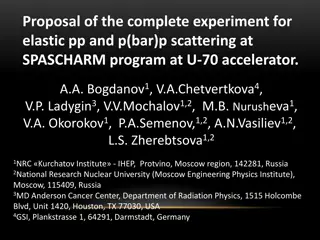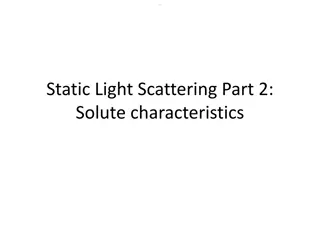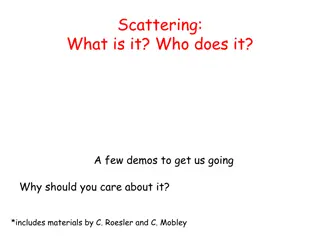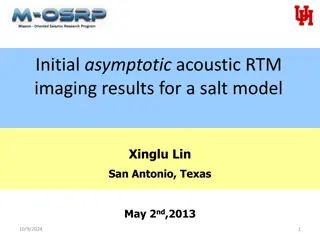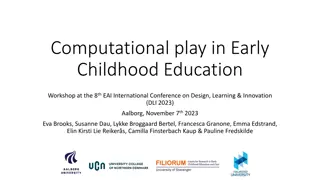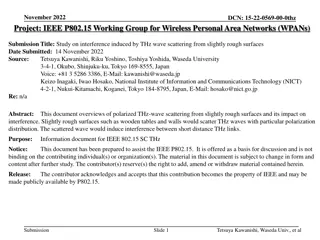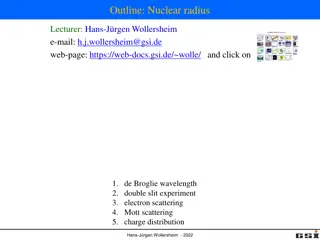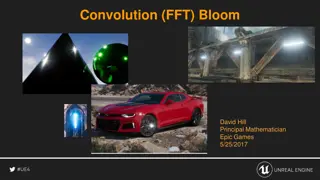Computational Imaging Techniques for Inverse Scattering Evaluation
Evaluation of computational imaging techniques for inverse scattering, exploring new imaging capabilities, addressing ambiguities between unknowns, and optimizing sensor-source appearance matching to solve complex optimization problems in imaging.
Download Presentation

Please find below an Image/Link to download the presentation.
The content on the website is provided AS IS for your information and personal use only. It may not be sold, licensed, or shared on other websites without obtaining consent from the author.If you encounter any issues during the download, it is possible that the publisher has removed the file from their server.
You are allowed to download the files provided on this website for personal or commercial use, subject to the condition that they are used lawfully. All files are the property of their respective owners.
The content on the website is provided AS IS for your information and personal use only. It may not be sold, licensed, or shared on other websites without obtaining consent from the author.
E N D
Presentation Transcript
An evaluation of computational imaging techniques for inverse scattering Ioannis Gkioulekas1 Anat Levin2,3 Todd Zickler1 1Harvard SEAS 2Weizmann Institute 3Technion
Looking inside stuff visible making sense of this source sensor X-ray EM spectrum
New imaging capabilities selecting which photons to measure conventional imaging structured light long short combinations transient imaging
Problem statement and contributions heterogeneous inverse scattering by appearance matching sensor source optimization problem min - image(m) 2 m(x) material m(x) 1) Are there ambiguities between the unknowns? 2) How do we solve this optimization problem?
Ambiguities between unknowns? transient video t = 10 fs t = 20 fs t = 30 fs t = 40 fs t = 50 fs uniquely determines deepest layer recursion: uniquely determines entire volume source + sensor deepest layer reached after t = 40 fs travel time
Problem statement and contributions heterogeneous inverse scattering by appearance matching source sensor optimization problem min - image(m) 2 m(x) material m(x) 1) Are there ambiguities between the unknowns? provable uniqueness for certain imaging types 2) How do we solve this optimization problem?
How do we do optimization? 104 unknowns source large-scale simulation: 20 thousand cores 1 million measurements 10 thousand unknowns sensor optimization problem min - image(m) 2 m(x) material m(x) smoke volume density albedo phase function very non-linear ~ image(m) m stochastic gradient descent (x) a(x) fs ( ,x) volumetric density material m(x) Monte Carlo rendering a while (not converged) scattering albedo phase function m loss(m) ~ fs( ) update m using material m+ m
Problem statement and contributions heterogeneous inverse scattering by appearance matching source sensor optimization problem min - image(m) 2 m(x) material m(x) http://tinyurl.com/InvTransient 1) Are there ambiguities between the unknowns? provable uniqueness for certain imaging types 2) How do we solve this optimization problem? scalable, general, physically-accurate algorithm empirical evaluation of imaging configurations
